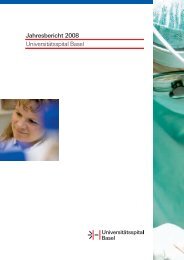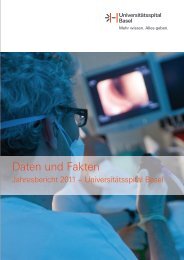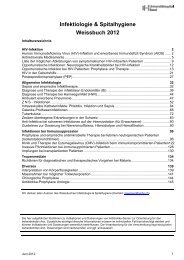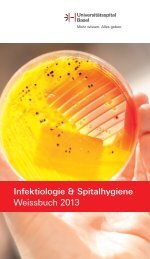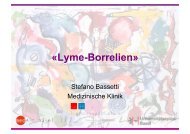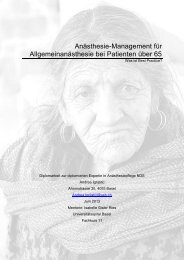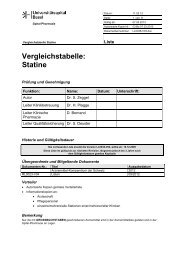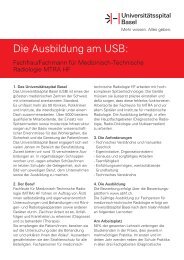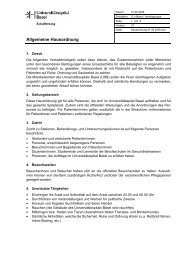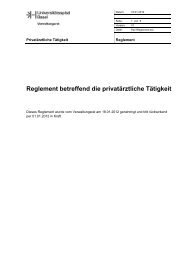Transmucosal Nasal Drug Delivery: Systemic Bioavailability of ...
Transmucosal Nasal Drug Delivery: Systemic Bioavailability of ...
Transmucosal Nasal Drug Delivery: Systemic Bioavailability of ...
You also want an ePaper? Increase the reach of your titles
YUMPU automatically turns print PDFs into web optimized ePapers that Google loves.
5. Project I: Development <strong>of</strong> preparations for transmucosal nasal midazolam delivery<br />
5 Project I: Development <strong>of</strong> preparations for<br />
transmucosal nasal midazolam delivery<br />
5.1 Introduction<br />
The key issue in development <strong>of</strong> preparations for transmucosal nasal midazolam delivery is the<br />
relatively poor and highly pH-dependent solubility <strong>of</strong> midazolam. Solubilization enhancers ideally<br />
promote midazolam solubility independent <strong>of</strong> pH. Several approaches to enhance solubility <strong>of</strong><br />
midazolam have been described in literature (see Table 4-1). Knoester et al. proposed a nasal<br />
midazolam preparation based on propylene glycol and benzyl alcohol [Knoester, et al. 2002] and<br />
other groups enhanced midazolam solubility by different cyclodextrin derivatives [L<strong>of</strong>tsson, et al.<br />
2001; Roel<strong>of</strong>se, et al. 2000]. L<strong>of</strong>tsson et al. accentuated the importance <strong>of</strong> keeping the drug<br />
cyclodextrin ratio close to one and just adding as much cyclodextrin as required for drug<br />
solubilization. To investigate drug release from cyclodextrin complexes porous semi-permeable<br />
cellophane membranes with defined pore size (i.e., molecular weight cut <strong>of</strong>f, MWCO) are used.<br />
The residence time on the nasal mucosa <strong>of</strong> nasal delivered preparations is limited and therefore<br />
drug uptake has to proceed before the preparation is removed by mucociliary clearance.<br />
Chitosan is reported to promote transmucosal nasal drug absorption by bioadhesion (prolongation<br />
<strong>of</strong> contact time) and transient opening <strong>of</strong> tight junctions (penetration enhancer). In a study with<br />
12 healthy volunteers Illum et al. demonstrated penetration enhancing effect <strong>of</strong> chitosan in<br />
transmucosal nasal delivery <strong>of</strong> morphine [Illum, et al. 2002].<br />
In order to discover eventual stability problems as early as possible, accelerated stability testing is<br />
accomplished already during development <strong>of</strong> pharmaceutical preparation. According to the current<br />
guideline <strong>of</strong> the International Conference on Harmonization (ICH), accelerated stability testing<br />
provides preliminary information about the compound and the vehicle. For the approval <strong>of</strong> a<br />
medicinal product, authorities generally require data from real-time stability testing [Gil-Alegre et<br />
al., 2001]. To determine the shelf life <strong>of</strong> a medicinal product, real time stability testing at the<br />
intended storage conditions has to be accomplished. As the determined shelf life is dependent <strong>of</strong><br />
packaging, real time stability testing has to be generated with the bottled product.<br />
This project comprises the development and in vitro characterization <strong>of</strong> midazolam preparations for<br />
transmucosal nasal midazolam delivery. Providing <strong>of</strong> stability data was prerequisite to use the<br />
developed preparations in clinical trials (Project II and Project III).<br />
Katja Suter-Zimmermann Page 45 <strong>of</strong> 188 University <strong>of</strong> Basel, 2008




